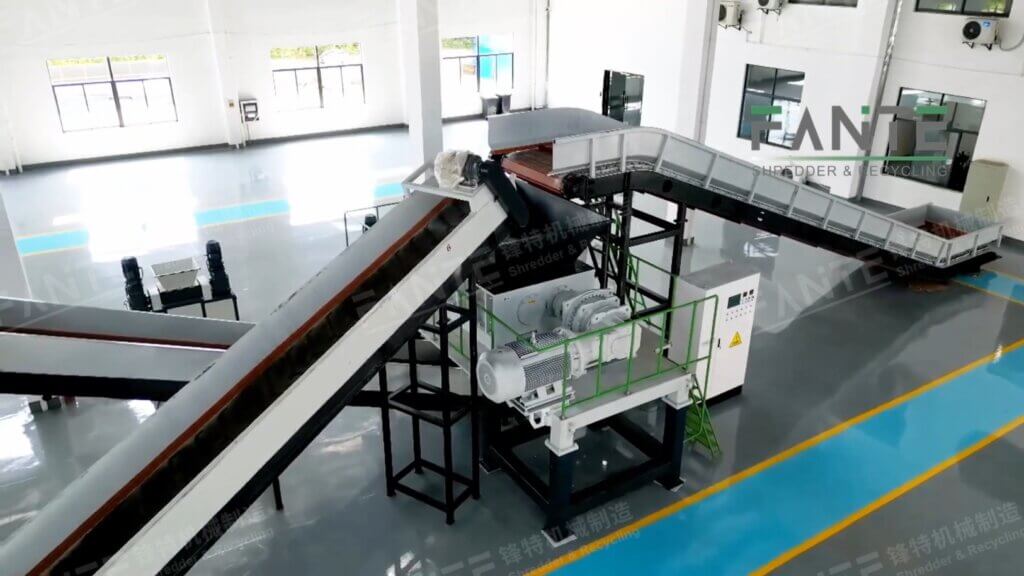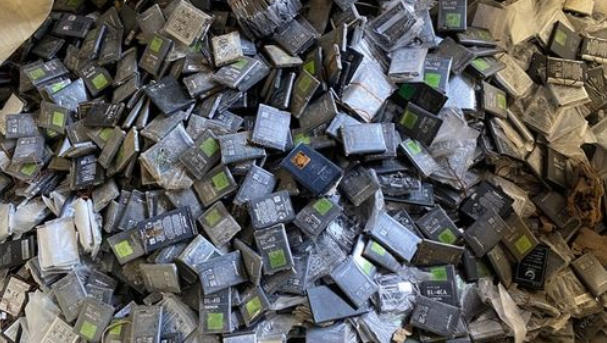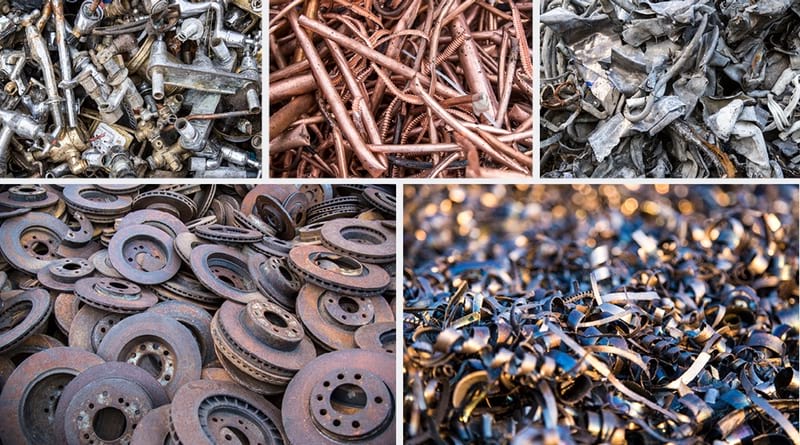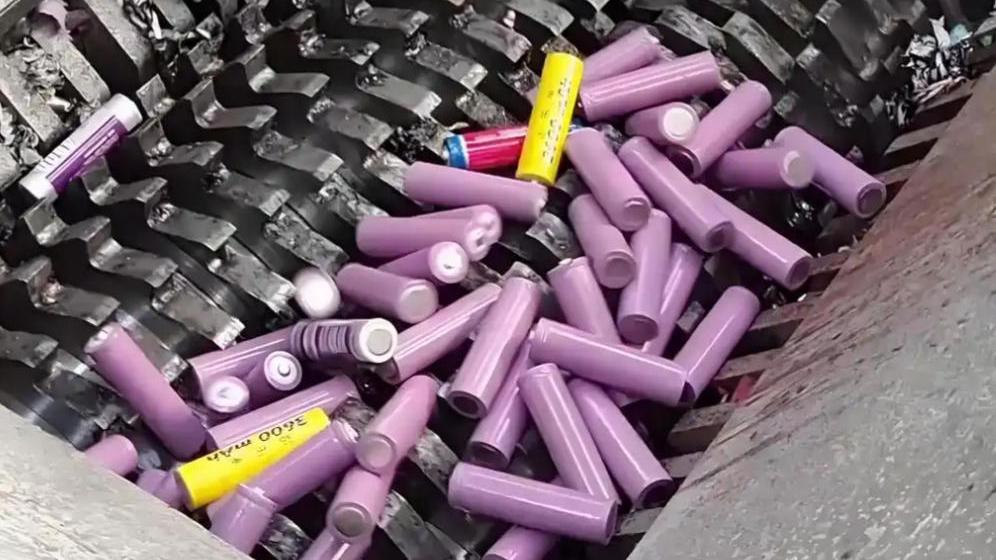The growing concern over waste management and environmental sustainability has led to increased interest in tire recycling. Millions of tires are discarded annually, causing serious pollution if not handled properly. One effective solution is using tire recycling lines to convert waste tires into valuable products, such as rubber powder. Rubber powder is widely used in various industries, from construction to manufacturing, making it a valuable resource. In this article, we will explore how tire recycling lines produce high-quality rubber powder and why this process is essential for both the environment and businesses.
1. The Importance of Rubber Powder in Modern Industries
Rubber powder is a fine, crumb-like material derived from waste tires. It plays a crucial role in different applications, such as:
- Asphalt: It is mixed with asphalt to create more durable and flexible roads.
- Construction materials: Rubber powder can be used in flooring, insulation, and roofing materials.
- Rubber products: It is often used in the production of new rubber products like mats, seals, and playground surfaces.
The increasing demand for eco-friendly products makes rubber powder a valuable commodity, pushing businesses to seek high-quality production methods.




2. How Tire Recycling Lines Work
Tire recycling lines are designed to efficiently process waste tires and separate their components into reusable materials. Here’s how the process typically works to produce high-quality rubber powder:
a) Pre-shredding the Tires
The first step in a tire recycling line is shredding. Whole tires are too large to be processed directly, so they are fed into a pre-shredder that breaks them down into smaller chunks. This initial shredding makes it easier to handle the materials in the following steps.
b) Steel Wire Removal
Most tires contain steel wires, which provide structural integrity. Before producing rubber powder, these wires need to be removed. Tire recycling lines use powerful magnets and specialized machines to extract the steel, ensuring that only rubber remains for further processing.
c) Granulation Process
After the steel wires are removed, the tire chunks are processed through a granulator. This machine grinds the rubber into smaller particles, usually around 1-5 mm in size. This stage is critical because smaller granules lead to better-quality rubber powder.
d) Fine Grinding
To produce the fine, high-quality rubber powder needed for various industrial uses, the granulated rubber is passed through fine grinders. These machines are equipped with blades or rollers that reduce the rubber granules to powder, usually less than 0.5 mm in size. The finer the powder, the higher its value in the market.
e) Screening and Quality Control
Once the grinding process is complete, the rubber powder is passed through screens to ensure uniform size and quality. Any larger particles are returned to the grinder for further processing. This screening ensures that the rubber powder meets industry standards and is free of contaminants.

3. Key Factors in Producing High-Quality Rubber Powder
Several factors influence the quality of the rubber powder produced by a tire recycling line:
a) Efficient Steel Wire Removal
Proper removal of steel wires is essential for producing pure rubber powder. Any remaining steel can reduce the quality of the final product and limit its use in sensitive applications like asphalt or construction materials.
b) Precision Grinding
The fine grinding process plays a major role in determining the quality of the rubber powder. Machines that offer precise control over particle size ensure that the powder is uniform and free from larger rubber chunks.
c) Temperature Control
During the grinding process, excessive heat can degrade the quality of the rubber. Modern tire recycling lines often incorporate cooling systems to maintain optimal temperatures, ensuring that the rubber powder retains its elasticity and strength.
4. Benefits of Using a Tire Recycling Line
Using a tire recycling line to produce rubber powder offers several benefits:
a) Environmental Impact
Tire recycling helps reduce the number of waste tires in landfills, where they can take hundreds of years to decompose. By converting waste tires into rubber powder, businesses contribute to a more sustainable environment.
b) Cost Savings
Rubber powder produced through tire recycling is often cheaper than virgin rubber, allowing manufacturers to reduce costs without compromising on quality.
c) Market Demand
With industries increasingly seeking sustainable materials, the demand for rubber powder continues to grow. High-quality rubber powder is a versatile material that can be used in many sectors, ensuring steady market demand.
5. Conclusion
Producing high-quality rubber powder through a tire recycling line is a win-win solution for both businesses and the environment. The process involves pre-shredding, steel wire removal, granulation, fine grinding, and screening to ensure the rubber powder meets industry standards. By investing in efficient tire recycling technology, businesses can not only reduce their environmental footprint but also meet the growing demand for sustainable materials in various industries.
If you’re looking to produce high-quality rubber powder, consider implementing a tire recycling line in your operations. This eco-friendly solution offers long-term benefits for both your business and the planet.



